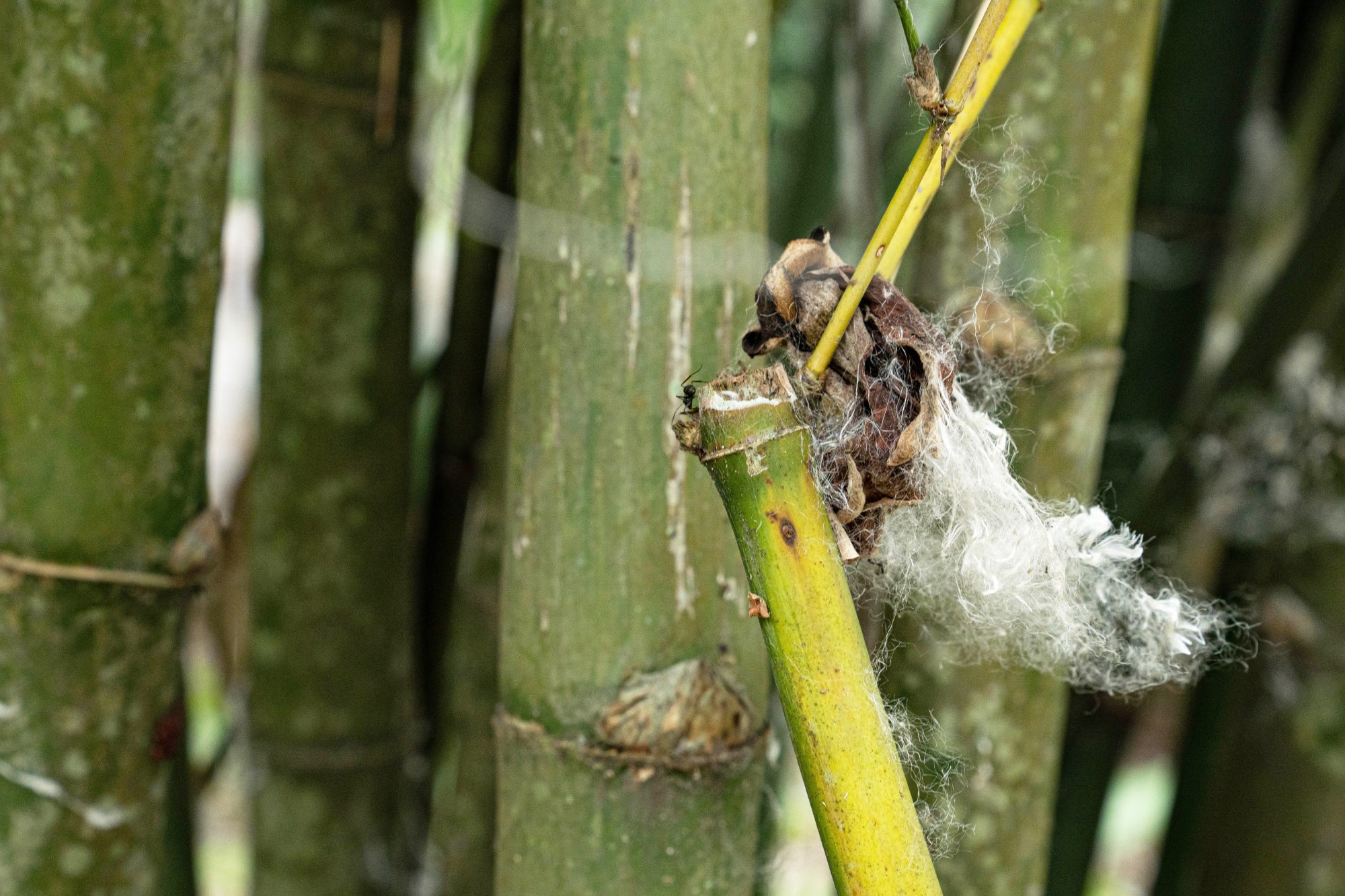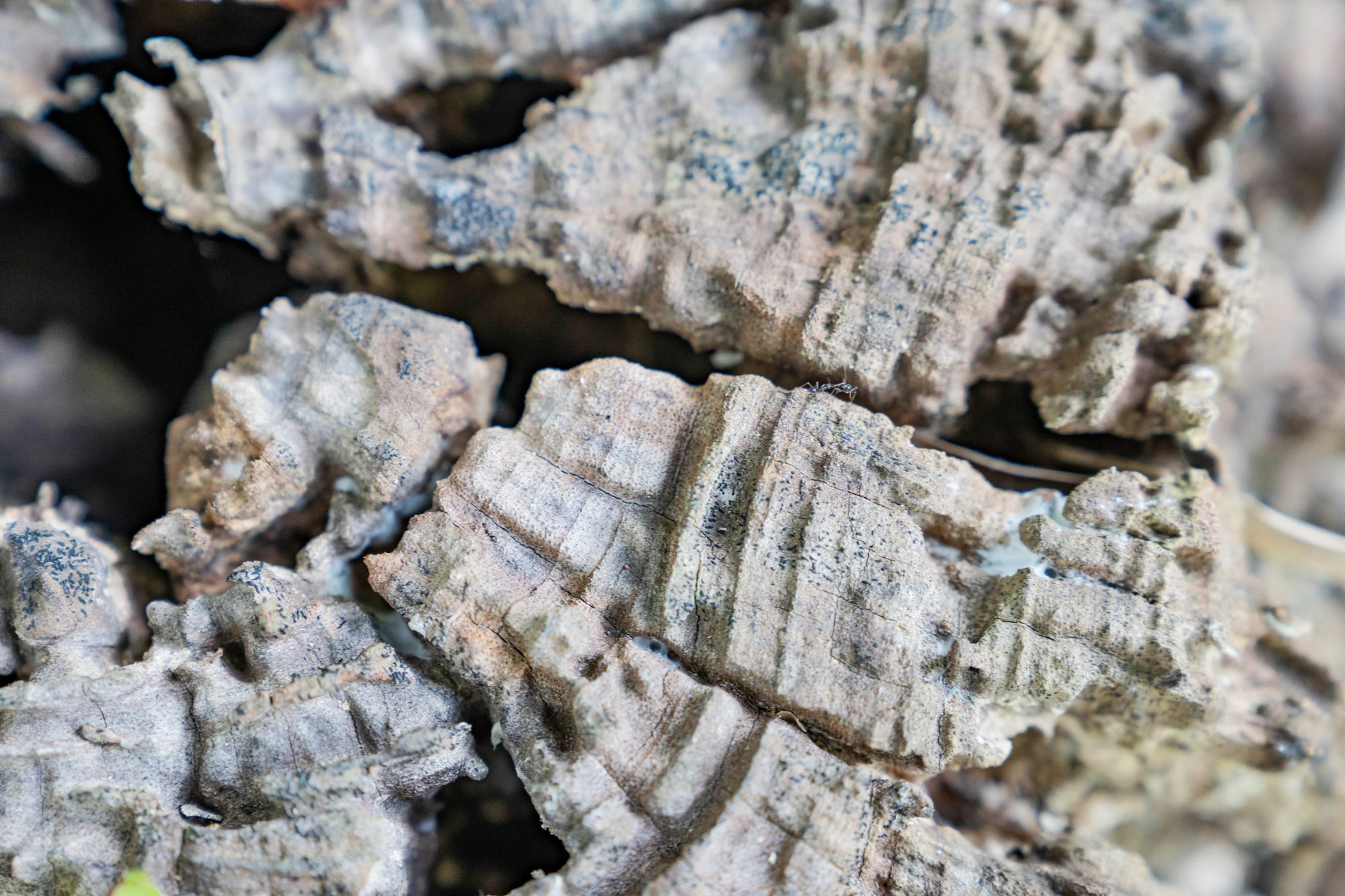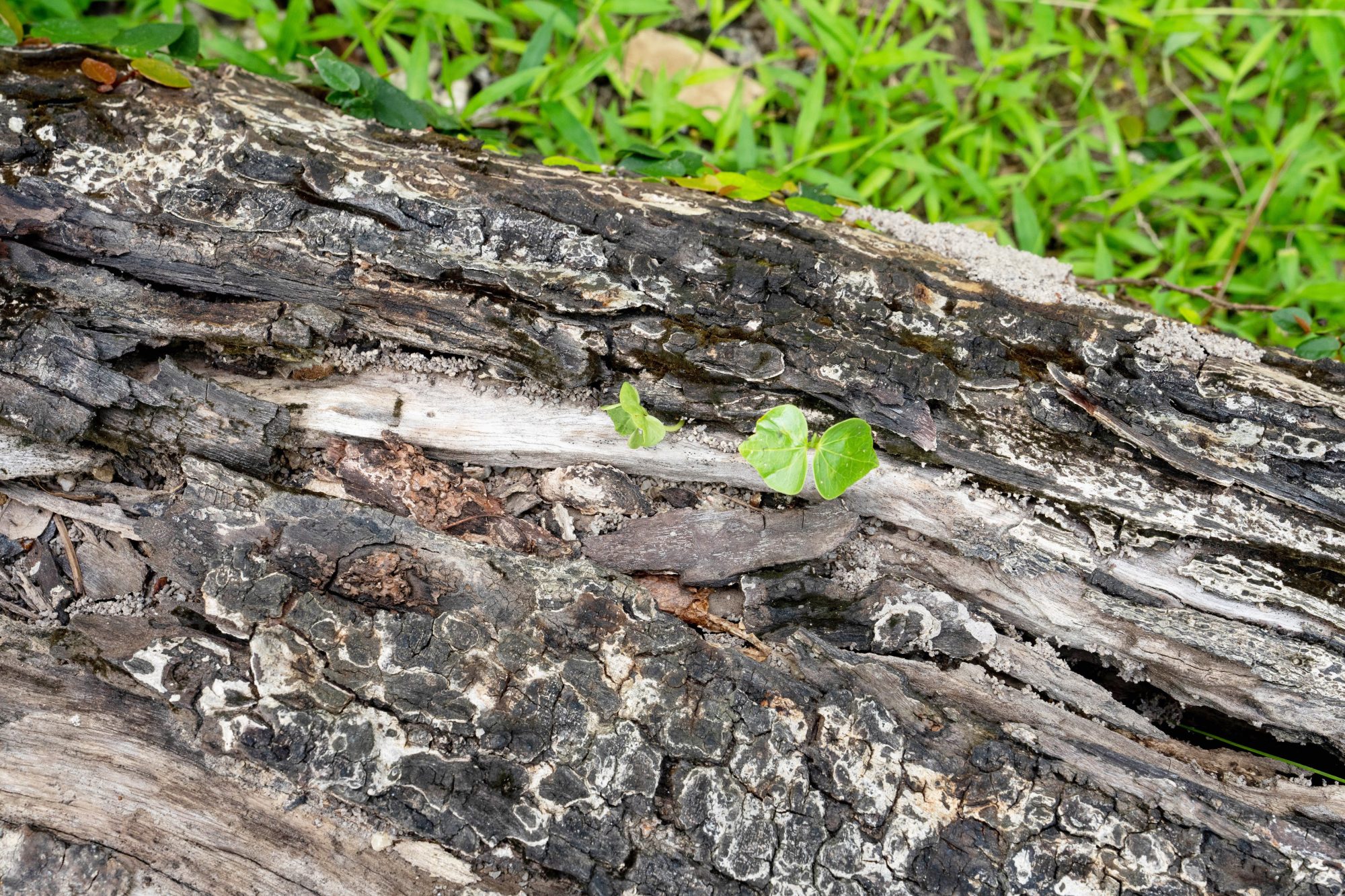
The many, many roles of ants
The importance of ants within ecosystems
What roles do they play in the ecosystem? If, like a movie, there are credits for planet Earth, how many times do you think ants’ name will appear on the list? Just several times? Well, ants are likely a lot more important than you might think! While many ant species are hunters that prey on insects and other arthropods, ants themselves are also prey of other animals. So, ants are an important part of the food web. Ants that are not predators are often scavengers instead, and they consume both plants and decaying material. They help returning energy and nutrients back to the ecosystem. Many ant species have co-evolve with other animals, fungi and plants and developed close relationships with these species. When forming large colonies, ants are even able to change their habitats.
Hunter and prey
Ants are one of the major predators of invertebrates in many ecosystems. This is particularly true in tropical and subtropical regions, including Hong Kong, where the diversity of ants is the highest. Most predatory ants are generalist, opportunistic hunters that are not particularly picky about what they capture and eat, with their diet including various groups of insects and other invertebrates (e.g., snails, earthworms, spiders…) and even some live or dead vertebrates when they get a chance. But there are also many ant species that are specialized predators of a particular group, such as springtails, millipedes, certain group of insects and their brood, or even other ants! Hence, ants are able to keep the population size of their potential prey in check. Without their presence in the habitats, it is possible for these invertebrates (in particular caterpillars) to go out of control and lead to an explosive population growth! In fact, ants have been purposefully introduced in some agricultural area and used as a biological agent to control the population of agricultural pest due to their effectiveness as a predator (we have been doing this for nearly 2500 years!). Some species of ants are even able to dominate their habitats. They form huge colonies and their predation are able to influence the whole local fauna. For example, army ants in the New World and in Africa forage in mass and cooperatively attack any animal in contact with them, even small vertebrates! They have huge influence on the population size, species composition and behavior of the local community.
Many other animals also feed on ants. Ants constitute an important part of the diets of many arthropods, amphibians, fishes in forest streams, reptiles, birds and mammals. Ants’ ability to form huge colonies mean that the biomass (= dry weight) of ants in some habitats are quite remarkable. This means that some animals, known as myrmecophagous, are even able to almost solely depend on ants for their diets, such as pangolins and anteaters. If ants are gone, a lot of the animals that feed on ants will be in trouble.
Ants the gardener and recycler
Aside from being a predator, many ants are also herbivores or omnivores and have diverse diet of plant and decaying material. Ants that collect seeds help the dispersal of plants. By carrying seeds underground into their nests, ants provide them protection and nutrient-rich soil to germinate. In fact, no less than 11,000 species of plants rely on ants for their dispersal. Leafcutter ants, as the name suggests, collect leaves and other plant material and bring them back to the nests (which can be enormous and complex underground structure) to cultivate fungi for food. The leaves collected by those ants are used as the main substrate for the fungus which is patiently inseminated into the leaves and groomed to provide a nutritious source of food for the ant larvae. The waste generated from this agriculture represents an important fertilizer once buried into the soil. Similarly, omnivorous ants that scavenge decaying materials such as dead invertebrates, as well as ants that build nest inside decaying wood, also contribute to the decomposition process of material in their habitats. Last but not least, through their activity of nest excavation and gallery building, ants play a fundamental role in the cycling of energy and nutrients within the ecosystem, and to limit soil compaction and increase of air exchange favoring the growth of plants and the survival of thousands of soil invertebrates!
Ants and ecosystems
Most modern ant genera started appearing in early Eocene (around 55 million years ago). Over their long evolutionary history, ants are able to form close ties with many other organisms. Some plants offer nesting sites and food (fruit body and nectary) to ants, while ants, in return, protect their host plants from herbivorous insects and other competing plants (these ants would prune the leaves of any vine or competing plant that grow too close to their host, essentially like a gardener!). Ants also form mutualistic relationship with many Hemiptera (aphids, coccids, scale insects) and other sap-sucking insects, offering protection and receiving honeydew from them in return. The efficiency of ants in foraging food and feeding the whole colony means that some animals will try to take advantage and live as a parasite inside the ants’ nests. This is known as social parasitism, and these animals, such as insect larvae or other species of ants, will try to fool the host workers using chemical and visual signals that they are part of the colony and get fed by the host workers! The dominance of predatory ants in the ecosystem, in particular for species that hunt cooperatively, mean that they are often avoided by other arthropods and, thus, many insects and spiders will mimic ants to evade predation. All these diverse ways of interaction and complicated relationship between ants and other organisms is one of the major drivers in modern biodiversity.
Ants are an important part of the ecosystem. Without them, the modern ecosystem would not be as diverse as it is today. Even though they are tiny, they are undoubtedly one of the giant pillars that supported all the life on Earth.

